With light pollution a major problem for stargazing in city and suburban areas, it can be hard to see stars without the right equipment to counteract it. Night vision monoculars may be the perfect bit of kit to see through the haze of light pollution.
Having been through rounds of technological improvement over the past few years, there are now Gen 3 Night Vision monoculars, which can be used for stargazing. These military-grade monoculars use an image-intensifier tube, but this kind of tech means that they are expensive.
There are cheaper, earlier-generation models that use infrared to amplify the available light, but these models are best suited for looking at larger celestial bodies like the moon.
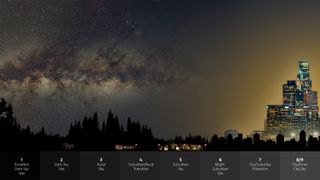
Are night vision monoculars worth the extra cost?
Night vision monoculars can see many stars and celestial objects that a regular monocular cannot, even in areas with high levels of light pollution. The cheaper versions use infrared technology to amplify the available light, allowing you to see in near-dark conditions.
Due to their greater light sensitivity than normal monoculars, they can improve clarity, enabling them to show craters and other details on the moon's surface.
Digital versions also enable live video reproduction of the nighttime sky with built-in storage on memory cards.
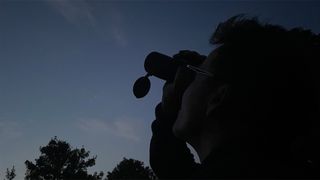
What type of night vision technology is worth investing in?
Night vision monoculars that use infrared to amplify the available light, are the cheapest way to get into nighttime astronomy without spending a fortune. However, they are best suited to larger celestial objects.
Military-grade night vision technology might be more suitable for viewing dark sky objects like galaxies and nebulae. These monoculars are much more expensive and use image intensifier tubes. These tubes send light to a photocathode tube, producing electrons; these electrons are then accelerated onto a phosphor screen, creating an image.

Are two monoculars better than one?
There is a technique in astronomy called bridging. This is when you use two monoculars together on a mount. This increases the field of view and depth perception. It also effectively doubles the amount of information coming to the brain, increasing the level of detail you can perceive.
Another aspect of choosing two monoculars for night vision duties is that you are less prone to headaches with two tubes rather than one. Although you would usually have one eye shut while using a single monocular, the brain is still receiving two different images at times, and in the dark, this can prove quite taxing.
Better than binoculars?

The two choices have similar magnification potential, although night vision monoculars tend to have better long-distance capability at lower price points.
Monoculars have a longer viewing window, meaning they can see further away, but binoculars have a greater field of view, allowing you to see more. Monoculars tend to be harder on the eye, as you only use one eye rather than two. This can increase eye fatigue.
A night vision monocular is lighter and less bulky than the binocular equivalent. Although it only has one objective lens, it effectively halves the input of light through the unit compared to the two lenses on a binocular, meaning that more light is available to the binocular. Night vision binoculars also give more depth to the views gathered due to the stereoscopic ability gained with the two optical paths.
Should you purchase?
As we have said, night vision monoculars provide a unique view of the nighttime sky, even in light-polluted areas. They can be teamed with a telescope to view stars not generally in view with normal monoculars. They often have greater clarity than normal monoculars and can pick out fine details. On a clear night, image intensifier monoculars can enable excellent views of stars such as Arcturus and Altair. With infrared night vision monoculars, you can still view the brightest stars in some detail. In the southern hemisphere, Sirius is the first point of call if using a night vision monocular without the aid of a telescope.

Budget-friendly infrared devices are a good way for a beginner to enter the world of astronomy. They can provide views in light-polluted areas where the naked eye would struggle. More money is needed to invest in military-grade night vision with light intensifier tubes and telescope attachment to gain further enjoyment.
Follow us on Twitter @Spacedotcom and on Facebook.
.png)
 2 weeks ago
12
2 weeks ago
12




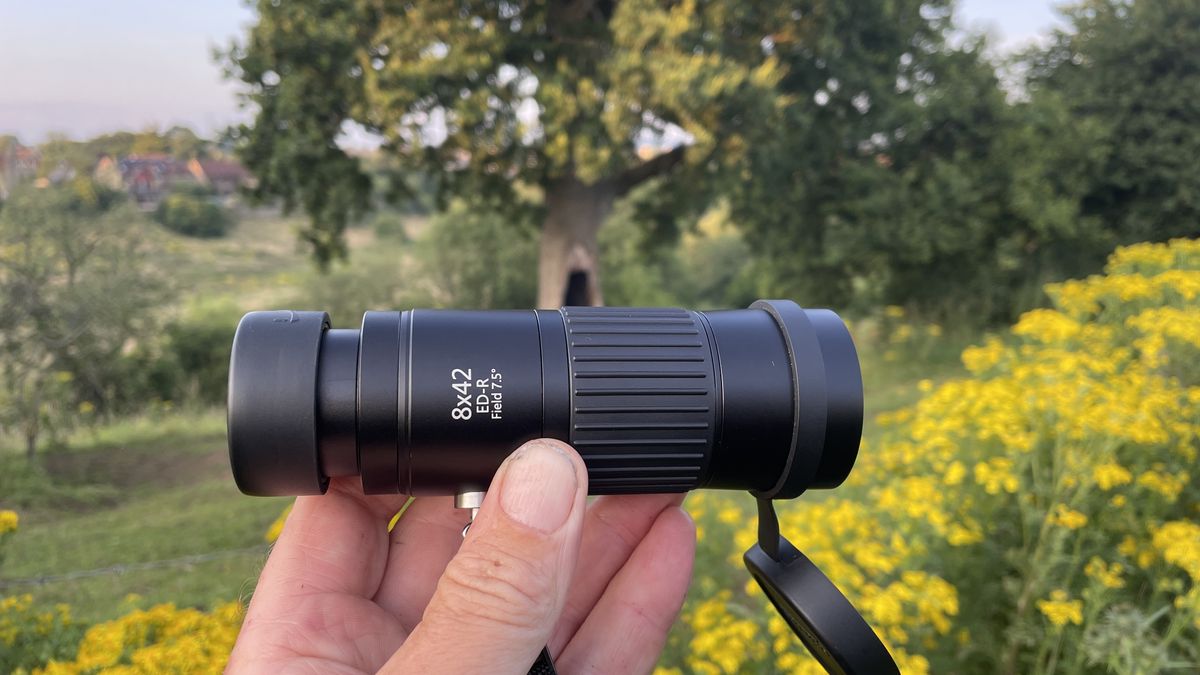
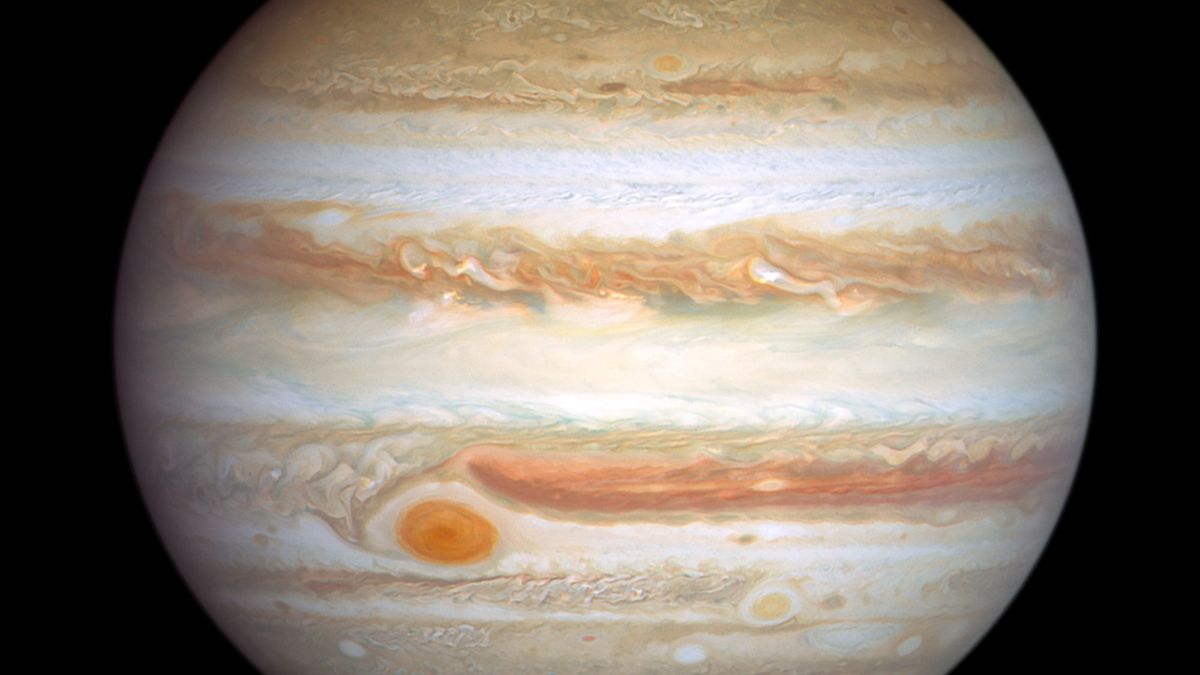

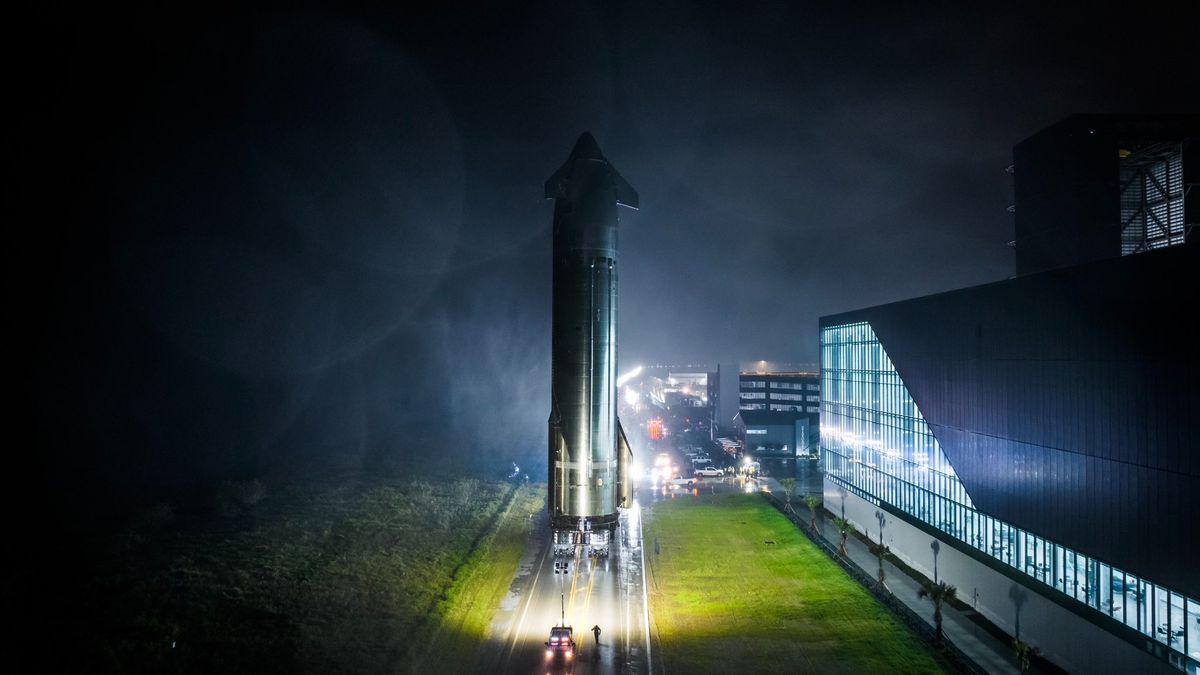
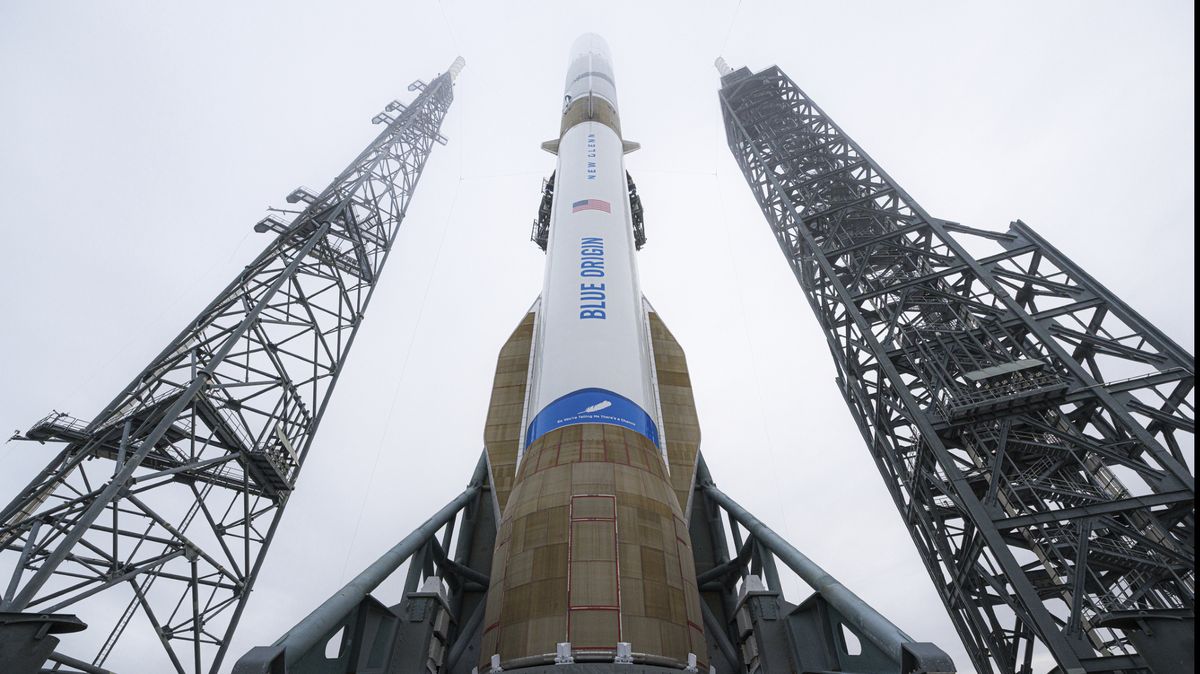

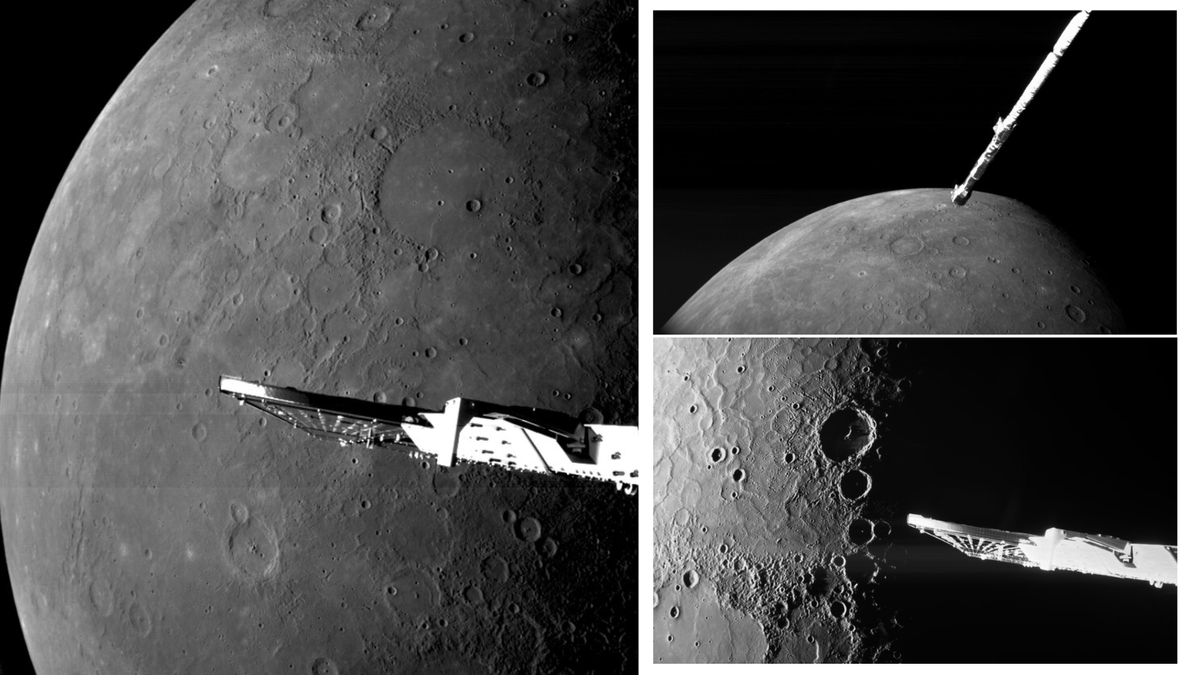
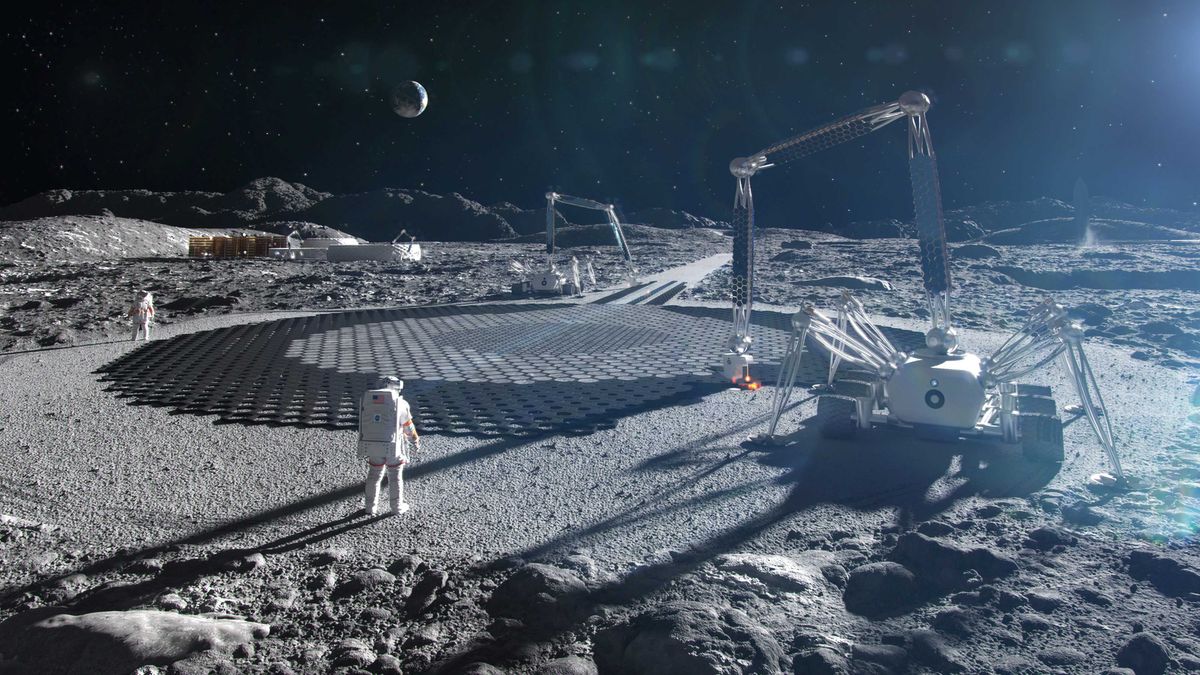
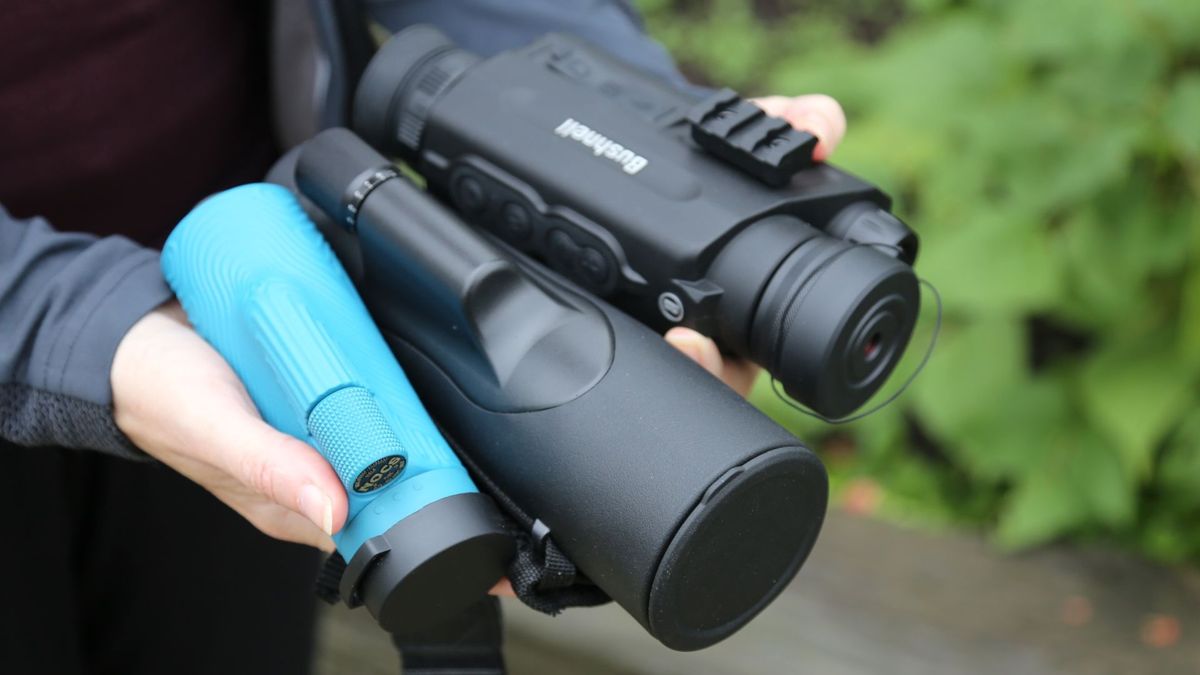






















 Bengali (BD) ·
Bengali (BD) ·  English (US) ·
English (US) ·